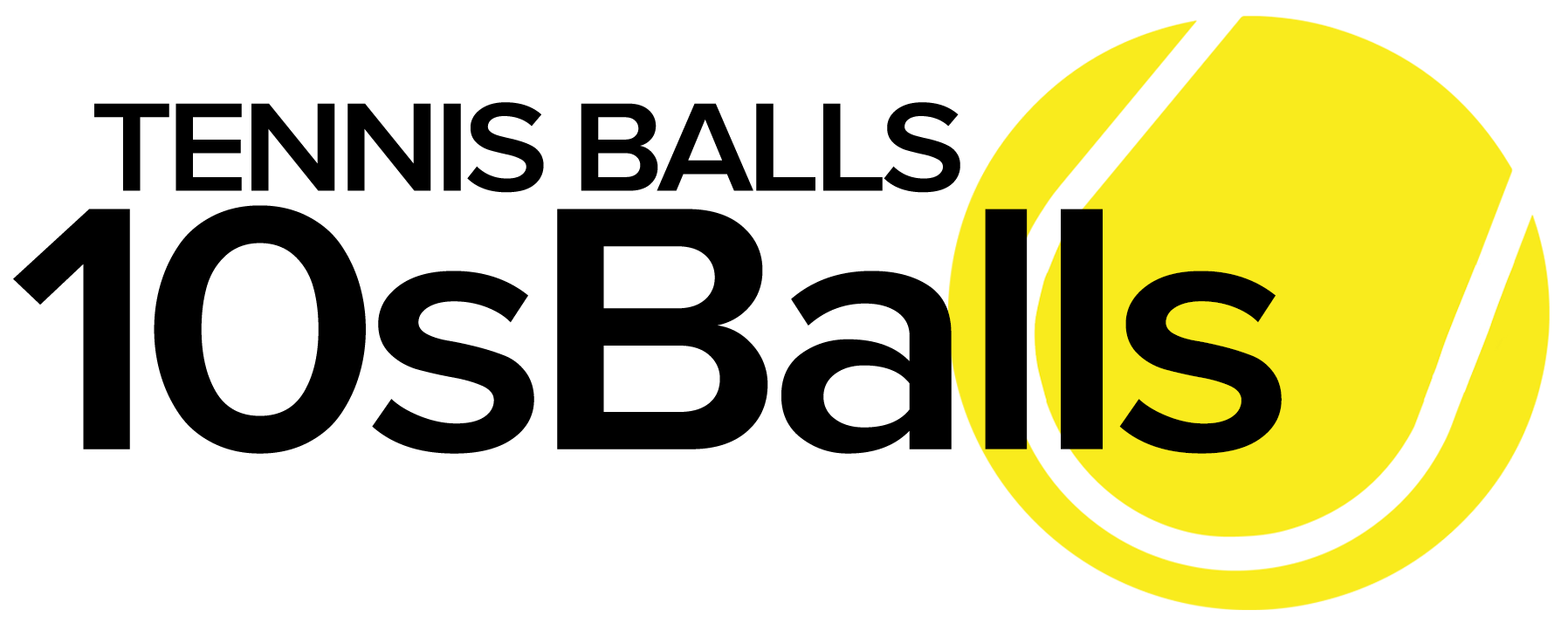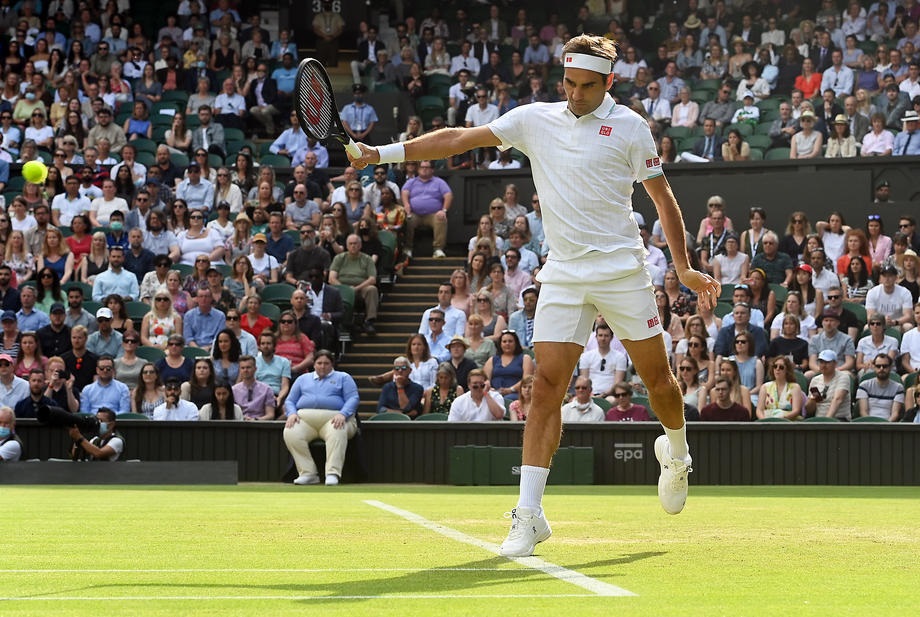- Tennis Balls Favorite Photographer and Director Rob Stone Premieres THE Blue Angels IMAX Film!
- It’s a Girl! Belinda Bencic Welcomes Daughter to the World
- Nadal kicks off Mutua Madrid Open campaign with easy win over Blanch
- Mutua Madrid Open Schedule and Draws for Thursday, April 25, 2024
- Mutua Madrid Open Schedule and Draws for Wednesday, April 24, 2024
- Novak Djokovic Earns 5th Laureus World Sportsman of the Year Award
- Mutua Madrid Open Schedule and Draws for Tuesday, April 23, 2024
- Rafael Nadal Commits to 2024 Laver Cup
- Mutua Madrid Open Schedule and Draws for Monday, April 22, 2024
- Casper Ruud Tops Stefanos Tsitsipas for Barcelona Title
- Former World No. 1 Garbiñe Muguruza Retires
- Fritz Flies Into First Clay-Court Final in Munich
- Munich Open Schedule and Draws for Sunday, April 21, 2024
- Home For Sale Minutes From The Indian Wells Tennis Gardens
- Ricky’s pick for the Barcelona final: Ruud vs. Tsitsipas
Tennis News From 10sBalls • NYC And The 2020 U.S. Open / Closed / Asterisk
- Updated: September 9, 2020

By Alix Ramsay
What exactly is Pablo Carreno Busta doing in the semi-finals of the US Open? That is not to say that he does not deserve to be there nor that he has never been there before (he was a semi-finalist in 2017). But this was supposed to be the grand slam where the young lads took centre stage, where the “Next Gen” became “The Gen”. Pablo, who is 29, clearly has not read the script.
Once Novak Djokovic was dismissed in the fourth round on Sunday by the tournament referee, there were no grand slam champions left in the draw (to be fair, there were only three of them to begin with. And one of them was making his comeback from major hip surgery).
Only four other men knew what it felt like to be in a major final (Dominic Thiem, Milos Raonic, Daniil Medvedev and Kevin Anderson) but when their moment to shine in those finals arrived, they ran into either Rafa Nadal, Djokovic or Andy Murray (he of the new tin hip) and their moment was gone. That is just the way it has been at the four big tournaments these past 12 years.
But with Djoko out, Muzza still a medical miracle in progress and Rafa and Roger back home in Europe, this was the tournament where all of that would change.
This was the time for the bright young things to show us what they are made of. And then Carreno Busta outwitted Denis Shapovalov 3-6, 7-6, 7-6, 0-6, 6-3 and Sascha Zverev did his best to lose to Borna Coric but didn’t, 1-6, 7-6, 7-6, 6-3 – and now they meet on Friday for a place in the final.
Zverev was the first of the Next Gen to establish himself at the top of the game. He was a lanky 20-year-old when he won his brace of Masters 1000 titles in 2017 and just 21 when he won the ATP finals in London, beating Djokovic to do so. Yet just when it looked like he was about to slam his career into top gear and accelerate towards the biggest prizes, the engine stalled.

“For me it was mental,” he said. “I wanted it too much. I was trying too hard in grand slams, as well. I needed to learn with that, as well.
“The grand slams are the tournaments that you play for. This is the reason why you started playing tennis. I needed to learn how to deal with that pressure. I needed to learn how to deal with those expectations of myself.
“When you start playing tennis at a young age, this is the thing that you always wanted to do, is to play in big tournaments, to play in the big finals, and I feel like this is the reason I started playing tennis.
“You’ve got to be able to handle it. You’ve got to be to learn with it. For me, it was always about the big moments in big tournaments.”
It sounds a very plausible theory but it does not quite hold water.
Zverev cannot be faulted when it comes to hard work (Jez Green, his fitness trainer, does not work with slackers) and he has just hired David Ferrer, one of the greatest grafters of recent years, as his coach. He cannot be faulted as an athlete – for a man standing 6ft 6ins in his tennis socks, he moves incredibly well.
From that height, he can welt his serve and launch howitzers from the back of the court. But he doesn’t. Not always. And that is a serious worry.
As he watched Coric run away with the first set and take a 4-2 lead in the second on Tuesday, Zverev looked crushed. Sure enough, he rallied to come back and win 1-6. 7-6, 7-6, 6-2 but it was not a convincing display from a champion in waiting.
For a start, he fluffed 12 doubles faults and now leads the tournament stats on doubles by a considerable margin. In five matches, he has racked up 41 of the self-inflicted errors. Then again, he is second in the list of aces with 92 and third on the list of fastest serves with a 140mph belter.
It is the bit after the serve – should it land in – that is troublesome.
In all but one of his five matches so far, he has dropped a set (and the opening set in three of those) and in all but two, his double fault count has been in double digits. And all the while, he positions himself a way behind the baseline. For a bloke with such easy power, it seems a strange way to win a title.

Martina Navratilova was on TV duty on Tuesday, doing a spot of punditry for Amazon Prime. She did not sugar the pill when she said that Zverev was playing pit-a-pat tennis. She went on to explain that it was not going to win him a grand slam trophy and it would not beat the greats of the game. After all, they may not be in New York this week but they are still very much in charge of the sport at the moment.
When this assessment was presented to Zverev, he bristled. He was through to his second grand slam semi-final in a row (he was beaten by Thiem in the Australian Open semis back in January) and Martina’s comments did not sit well with him.
“Maybe she should look at my record against the big guys,” he said. “Maybe she should look that I’m positive against Roger. Maybe she should look that I’ve beaten Novak on multiple occasions in big matches and finals.
“And I’m in the semi-finals, and sometimes not playing your best and finding a way is more important than playing your best.
“But she’s a grand slam champion, as well, multiple grand slam champion, she’s respected, but her opinion right now does not matter to me.”
In a relatively short interview, he mentioned the fact that he was in the semis six times. He did admit that he could – and should – play better but he revealed more than he would have wished.
When the Big Three retire (and let us not forget the Muzz who, until his hip gave out in 2017, was locked into that upper echelon), it is not a given that the success that they have had will be handed over to the next generation.
What we have witnessed since Federer won the first of his eight Wimbledon titles in 2003, Nadal won the first of his 12 French Open titles in 2005 and Djokovic won the first of his eight Australian Open titles in 2008, is something very special. And in that mix was Murray who won three grand slam titles and reached another eight finals. In their pomp, the Fab Four were untouchable.
Now, though, the young guys are ready to make their move. Murray and Djokovic are the youngest of that Fab Four of yesteryear and they are 33. Zverev is 23. But can he take over from the legends who have gone before now that Djokovic has gone?
“I think the Novak news shocked us all,” Zverev said, “and obviously for us younger guys, we see that as a massive opportunity, but we have to put our head down and just do our job and focus on ourselves.
“We’re going to have a new grand slam champion. This is the one thing that we know for sure. We don’t know who it is, but, yeah, there is a lot of guys that want it. There is a lot of guys that are hungry for it. I know that all the young guys are hungry for it, and it’s going to be interesting.”
Meanwhile, the 29-year-old Carreno Busta is expecting nothing; he is predicting nothing. But what he knows is that he has been here before; he knows what it took to get this far before and he knows what it felt to lose to Kevin Anderson in four sets back in 2017. And now he has another crack at the final.

“It’s very important to be back in the semi-finals of the US Open, no?” he said after beating Shapovalov. “When I arrive to the quarter-finals in Roland Garros in 2017, was amazing. Then I made a semi-finals here. It was unbelievable.
“If I can repeat it, I be again in semi-finals is because I have the level. So is very important to me, to my confidence, to continue working very hard, to continue this way.”
He has repeated it, he has reached the semi-finals and he is, again, one match away from the final.
Maybe if the young guns looked to the likes of Carreno Busta rather than Federer, Nadal and Djokovic, they might learn what it takes to achieve their goals.






